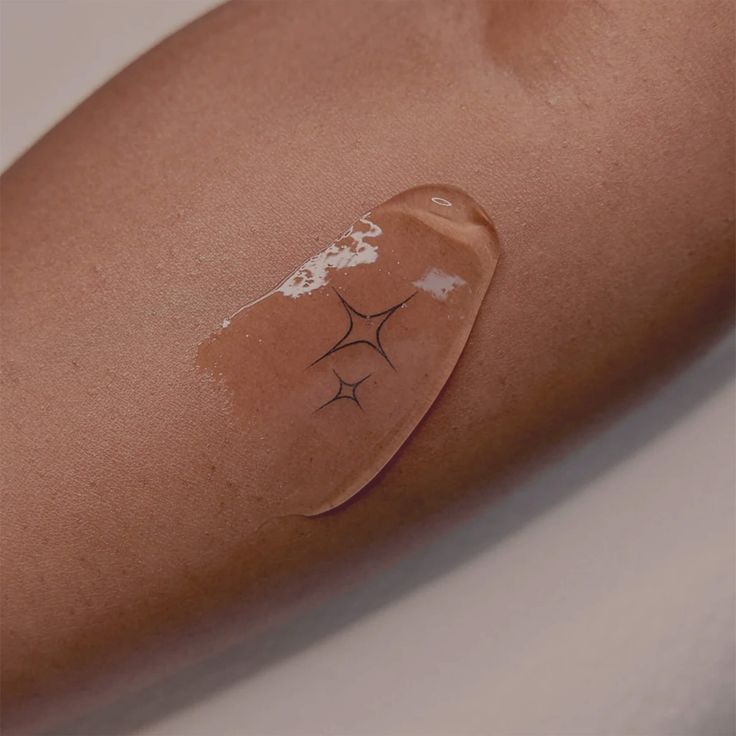In the pursuit of flawless skin, people are always on the lookout for innovative skincare treatments. One such breakthrough technique that has gained significant popularity is dermalinfusion. This non-invasive procedure offers a myriad of benefits and has become a go-to solution for individuals seeking radiant and rejuvenated skin.
What Is Dermalinfusion?
Dermalinfusion is an advanced skincare treatment that combines exfoliation, extraction, and infusion to deeply cleanse and rejuvenate the skin. Using a precision handpiece, the procedure simultaneously exfoliates the outer layer of dead skin cells, extracts impurities, and infuses specialized serums into the skin. This powerful combination results in immediate and long-lasting improvements, making it a preferred choice among dermatologists and skin care enthusiasts alike.
One of the key advantages of Dermalinfusion is its customization capability. The treatment can be tailored to individual skin types and concerns by selecting specific serums for infusion. Whether someone wants hydration, brightening, clarifying, or anti-aging effects, the appropriate serums can be chosen to address their unique needs.
Dermalinfusion is suitable for all skin types and can be used on various areas of the body, including the face, neck, décolleté, hands, and even the back. The treatment is comfortable and generally well-tolerated, with minimal downtime or side effects. Patients may experience some redness or mild sensitivity immediately after the procedure, but these effects typically subside quickly.
The benefits of Dermalinfusion are numerous. The exfoliation and extraction steps help to improve skin texture, unclog pores, and remove surface imperfections. The infusion of specialized serums provides hydration, nourishment, and targeted treatment for specific skin concerns. The overall result is a healthier, more youthful-looking complexion with a radiant glow.

The Science behind Dermalinfusion
Dermalinfusion employs patented technology that harnesses the power of three essential steps: exfoliation, extraction, and infusion. Let’s take a closer look at each:
Exfoliation
During the exfoliation step, a diamond-tipped wand gently removes the uppermost layer of dead skin cells, revealing a fresh and vibrant complexion beneath. This process not only enhances the skin’s texture but also promotes cell turnover, leading to a youthful and glowing appearance.
Extraction
Following exfoliation, the suction mechanism of the handpiece goes to work, effectively extracting debris, blackheads, and other impurities from deep within the pores. By eliminating these clogging agents, dermalinfusion helps prevent acne breakouts and minimizes the appearance of enlarged pores. The suction also stimulates blood flow and lymphatic drainage, promoting skin health and reducing puffiness.
Infusion
Once the skin is thoroughly cleansed, the final step involves infusing targeted serums into the freshly exfoliated and cleansed skin. These serums are specifically formulated to address various skin concerns, such as hydration, brightening, and reducing the appearance of fine lines and wrinkles. They contain active ingredients like hyaluronic acid, vitamin C, salicylic acid, peptides, and antioxidants, which penetrate deeply into the skin during the treatment.The gentle pressure applied during the infusion process improves serum penetration, ensuring maximum efficacy.
Dermalinfusion Before and After: What to Expect
If you’re considering undergoing a dermalinfusion treatment, it’s natural to wonder about the results you can expect. Let’s explore the remarkable transformations that individuals experience before and after this innovative procedure:
Improved Skin Texture and Tone
One of the most noticeable changes post-dermalinfusion is the improvement in skin texture and tone. By removing the outer layer of dead skin cells and stimulating collagen production, dermalinfusion promotes a smoother and more even complexion. The result is skin that feels softer, looks radiant, and boasts a youthful glow.
Reduced Fine Lines and Wrinkles
As we age, our skin naturally develops fine lines and wrinkles. Dermalinfusion combats these signs of aging by promoting collagen synthesis and enhancing the overall health of the skin. The infusion of specialized serums rich in antioxidants and peptides helps plump up the skin, reducing the appearance of fine lines and wrinkles, and bringing about a rejuvenated look.
Hydrated and Nourished Skin
Dry, dehydrated skin can make us appear tired and dull. However, dermalinfusion can effectively tackle this concern. By infusing hydrating serums deeply into the skin, the treatment replenishes moisture levels and provides essential nutrients. As a result, your skin will feel supple, refreshed, and thoroughly nourished.
Minimized Hyperpigmentation and Sun Damage
Sun exposure and hormonal changes can lead to the development of dark spots and pigmentation irregularities on the skin. Dermalinfusion has been shown to significantly reduce hyperpigmentation, rejuvenating the complexion and restoring a more even skin tone. This transformative effect allows individuals to regain their confidence and enjoy a smoother canvas for makeup application.
Enhanced Skin Elasticity and Firmness
As collagen production is stimulated during the dermalinfusion process, the skin’s elasticity and firmness are noticeably improved. Sagging or loose skin can be tightened, giving your face a more lifted and youthful appearance. The infusion of specialized serums further enhances these effects, ensuring long-term benefits beyond the immediate post-treatment glow.
Conclusion
In the world of skincare advancements, dermalinfusion has emerged as a transformative solution for achieving radiant and rejuvenated skin. With its three-step process of exfoliation, extraction, and infusion, this non-invasive treatment offers remarkable results that are evident in the before-and-after transformations of countless individuals. Whether you seek to address hyperpigmentation, fine lines, dullness, or uneven texture, dermalinfusion can help you achieve your desired goals.
If you’re ready to embark on a journey towards healthier, more vibrant skin, consider exploring the benefits of dermalinfusion. Consult with a qualified skincare professional who can assess your specific needs and create a personalized treatment plan tailored to achieve the best possible results. Embrace the power of dermalinfusion, and experience the radiant glow that awaits you in 2023!
FAQs
- How many sessions of dermalinfusion are needed to see results? The number of sessions required varies depending on individual skin concerns. Yet, most people notice significant improvements after just one treatment. For optimal and long-lasting results, a series of sessions may be recommended by your dermatologist or skin care professional.
- Is there any downtime associated with dermalinfusion? One of the advantages of dermalinfusion is that it requires minimal downtime. Some individuals may experience slight redness or mild sensitivity immediately after the treatment, but these effects typically subside within a few hours. You can resume your daily activities immediately after the procedure.
- Are the results of dermalinfusion permanent? While dermalinfusion provides immediate and noticeable improvements, the longevity of the results may vary from person to person. To maintain optimal results, it is recommended to follow a regular skincare routine and undergo maintenance treatments as advised by your skincare professional.
- Can dermalinfusion be combined with other skincare treatments? Yes, dermalinfusion can be combined with other skincare treatments to address specific concerns. Your dermatologist or skincare professional may recommend combining dermalinfusion with procedures like chemical peels or laser therapy for enhanced results. But, it’s important to consult with a qualified professional to determine the best combination of treatments for your unique skin needs.
- Who is an ideal candidate for dermalinfusion? Dermalinfusion is suitable for a wide range of individuals looking to improve their skin’s texture, tone, and overall appearance. It is safe for most skin types, including sensitive skin. However, if you have certain medical conditions or active skin infections, it’s essential to consult with a dermatologist before undergoing the treatment.





